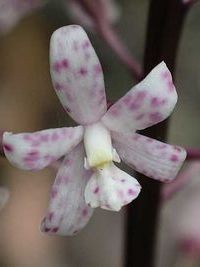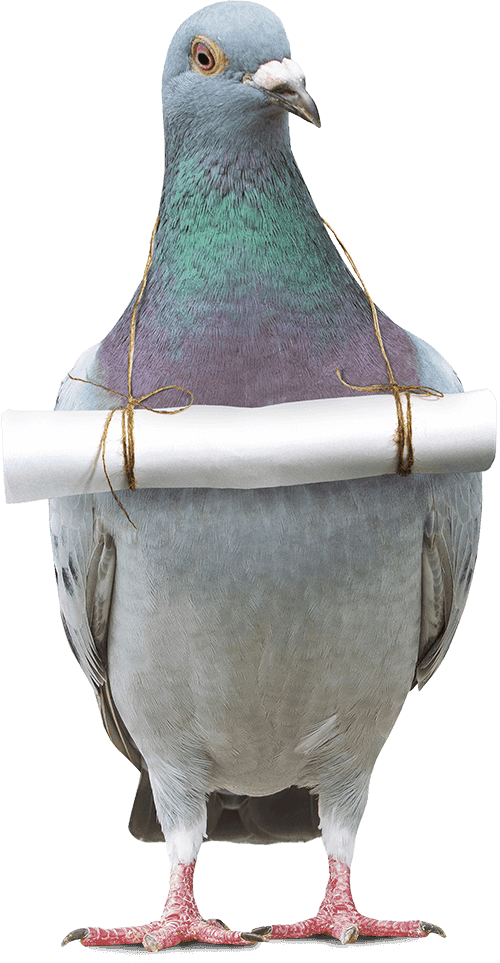Yellow hyacinth-orchid
(Dipodium hamiltonianum)

Description
Dipodium hamiltonianum, commonly known as yellow hyacinth-orchid,is a leafless mycoheterotroph orchid that is endemic to eastern Australia. It has up to twenty five greenish flowers with dark red spots on a tall flowering stem. For most of the year, D. hamiltonianum plants are dormant and have no above-ground presence. Below the ground lie fleshy roots. Flower spikes between 40 and 80 cm in height appear between November and March in the species' native range. These racemose inflorescences have 3 to 25 yellow or greenish-yellow fleshy flowers with red to purple spots. The three-lobed forward-projecting labellum is white with purple markings and has a tuft of white hairs. Tubers usually produce only a single flower spike. Flower spikes from an individual plant may appear as infrequently as once in a five-year period. The species was formally described by Queensland Colonial Botanist Frederick Manson Bailey in 1881 based on plant material collected from Stradbroke Island and Peel Island near Brisbane in Queensland. In 1913, Bailey demoted the species, treating it as a subspecies of Dipodium punctatum. In 1944, botanist and orchid specialist Herman Rupp reinstated the species. It is named for James Hamilton, superintendent of the Benevolent Asylum in Dunwich on Stradbroke Island who collected specimens for Bailey. The species occurs from central Queensland southwards through New South Wales and the Australian Capital Territory to eastern Victoria. Its altitudinal range is sea level to 800 metres AHD. In Queensland it occurs southwards from the Theodore region.In tropical areas the habitat is recorded as grassy streamside areas, while in coastal areas they are found in scrub and heath. At Noosa Heads it has been observed in wallum woodland and dry heathland. In New South Wales the species is recorded on dry western slopes on acidic sandy soils, as far west as the Parkes district. It is found on sandy soils at the southern end of Seven Mile Beach National Park on the south coast.It also recorded in the Australian Capital Territory. It is thought that the flowers may be pollinated by small native bees or wasps. Grazing wallabies (often black wallabies (Wallabia bicolor) in Victoria) may incidentally cut off flower spikes but do not consume them.
Taxonomic tree:







